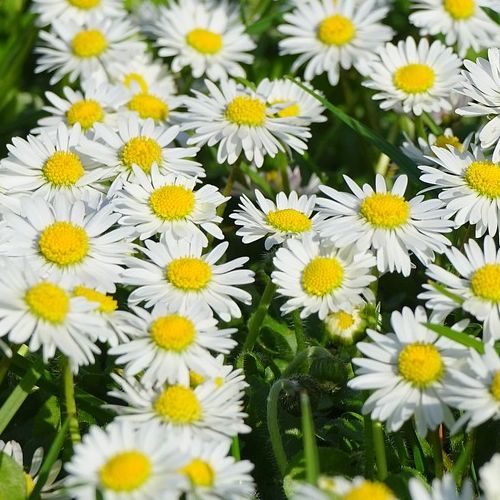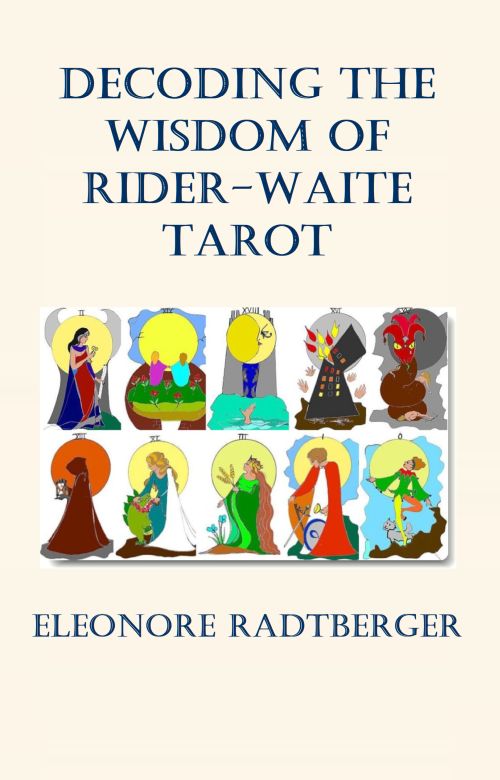
|
A meadow beauty with staying power: Bellis perennis
The daisy is a flower with many names

These little meadow beauties may not overwhelm you at first, but you'll come to love them once you discover them. Daisies are among the first and last flowers of the year. From March to November, they are there every day, but you may not really notice them. If they suddenly disappeared, you would probably miss them very much, although it would take some time before you realised what was so different.
Their Latin name, 'Bellis perennis', meaning 'beautiful' and 'persistent', is very apt. These white flowers are simply part of life. They grow almost everywhere: in parks and gardens, and even on grass verges. This undemanding plant is probably the most widely used flower for making wreaths. As well as the common white variety, there are also cultivated flowers in other colours, mostly red.
The daisy has many names, the best known of which are 'common daisy', 'lawn daisy', 'English daisy' and 'Mary's Rose'. Apart from being ever-present and modestly pretty, however, Bellis perennis has many other uses. The plant is edible and its flowers and buds can be used to garnish salads. Pickled buds make an excellent substitute for capers.

The daisy is also an important food source for animals and plays a role in herbal medicine. It is well known that the plant contains substances such as saponins, essential oils, bitter compounds and cosmosiin. This means it can be used to treat various ailments. It is said to have diuretic, antispasmodic, haemostatic and blood-purifying properties.
Alternative medicine has many uses for this humble meadow and pasture flower. For example, Bellis perennis is used to treat loss of appetite, constipation and intestinal inflammation. It is also said to have a soothing effect on rheumatism, gout and certain women's health issues, and it is believed to have a positive impact on skin conditions.
Daisies are also the subject of many legends. According to Celtic mythology, eating this non-poisonous plant stunts growth. Another tale tells of how eating the first three daisies of the year will prevent toothache for the rest of the year, and carrying dried daisies is also said to improve concentration and help one succeed in one's endeavours.
There is also a fairy tale about a princess who would only marry a prince who could guess her favourite flower. The king's sons came bearing the most exotic rarities, and no variety of rose had been left that had not been presented to the princess. Ultimately, however, she agreed to marry the prince who presented her with a daisy. None of the other suitors had thought of this. No one could have imagined that the king's daughter would love such an ordinary flower.
Only one prince was perceptive enough to recognise that the two beauties were worthy of each other. Perhaps we feel the same way today. In nature, there is no hierarchy, and it is difficult to compare one thing with another.
© 'A meadow beauty with staying power: Bellis perennis. The daisy is a flower with many names': An article by Pressenet, translated by Izabel Comati, 06/2025. The illustration shows a meadow full of daisies, CC0 (Public Domain Licence).
– Election Sunday and the silence of emptiness
– The experiences of a leaflet distributor (Short story)
– The Fab Four. A story from the near future
Discover more articles! Use the search function:
English archive:
More reviews, book presentations and essays
2024/2025
German archive:
2024 |
2023 |
2022 |
2021 |
2020 |
2019 |
2018 |
2017 |
2016 |
2015 |
2014 |
2013 |
2012 |
2011 |
2010 |
2009
Become a writer for Pressenet! Write articles for our online magazine on trending topics such as best books to read, health and wellness, technology and gadgets, business and finance, travel and tourism, lifestyle and fashion or education and career. Info: Become an author
Sponsors and investors are welcome: If you found our articles interesting, we would be grateful for a donation. Please also recommend us to your networks. Thank you very much!
Sitemap About Privacy Policy RSS Feed





